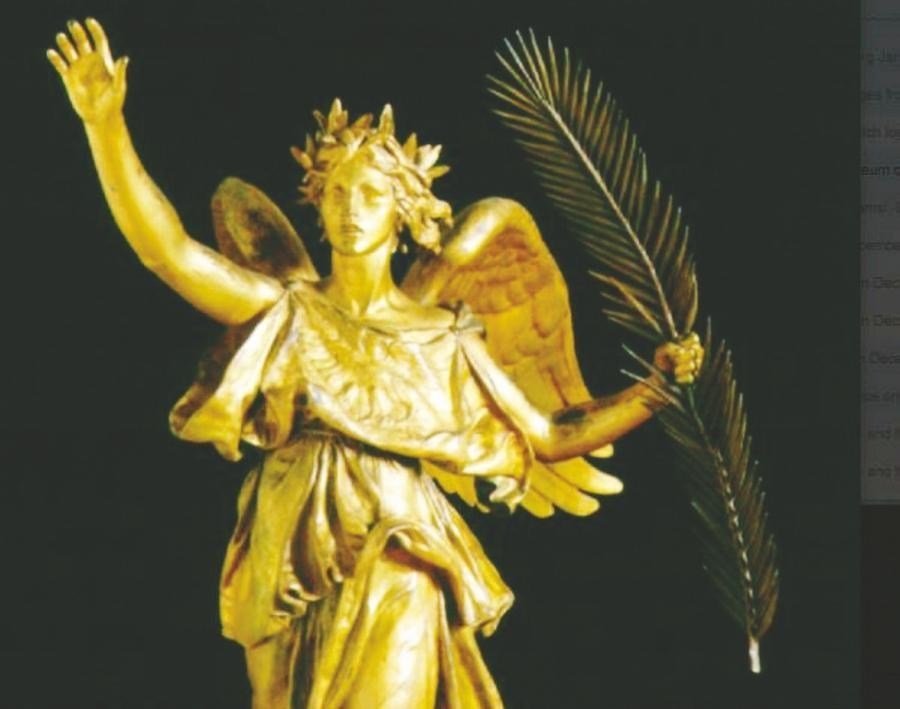
Currier to unveil first major exhibition of Saint-Gaudens sculptures in 30 years in New England.
New Hampshire.com
February 7, 2018, 12;52
Photo Credit: This bronze sculpture by Augustus Saint-Gaudens is called "Victory." It is shown courtesy of the Saint-Gaudens National Historic Site in Cornish.
MANCHESTER — Augustus Saint-Gaudens, a founding artist of the celebrated Cornish Colony here in New Hampshire, is the focus of the first major exhibition of his works in New England in more than 30 years.
The Currier Museum of Art on Saturday will unveil the showcase, which will include many of his large-scale masterpieces, including “Abraham Lincoln: The Man,” “The Adams Memorial” and “Diana.
“Saint-Gaudens was the most important American sculptor of the late 19th and early 20th century, and his monuments have become an integral part of our country’s historic narrative,” museum officials said at currier.org.
“The Sculpture of Augustus Saint-Gaudens” will run through May 20 at the Queen City museum.
Born in 1848, Saint-Gaudens at the peak of his career had studios in Rome, New York and Paris, where he won the grand prize at the Paris International Exposition of 1900.
“But Saint-Gaudens was also a New Hampshire artist for much of his life, maintaining a studio in Cornish,” Currier officials said in announcing the exhibition. “He was the founding artist of the Cornish Colony, where he summered beginning in 1885, and lived there year-round from 1900 until his death in 1907. His home and studios are now managed by the National Park Service, and this exhibition is a collaboration with the Augustus Saint-Gaudens National Historic Site.”
Saint-Gaudens’ work brought an indomitable spirit to his sculptures through detail, symbolism and grand sense of setting.
“His monuments to heroes like Admiral Farragut and Gen. Sherman defined America’s response to the Civil War,” according to the Currier. “The Shaw Memorial took 14 years to complete and was the first public sculpture to depict heroic African-American soldiers of the Civil War.”
Saint-Gaudens’ “Diana,” completed in 1893, drew inspiration from Greek and Roman sculpture and Renaissance art, yet the piece also signaled a new era in the art world.
“She became a beacon of modernity as the first sculpture to be illuminated by electric light as she balanced atop the tower on the newly erected Madison Square Garden in New York,” Currier officials said.
For more information about the Currier Museum of Art and the exhibition Click Here




